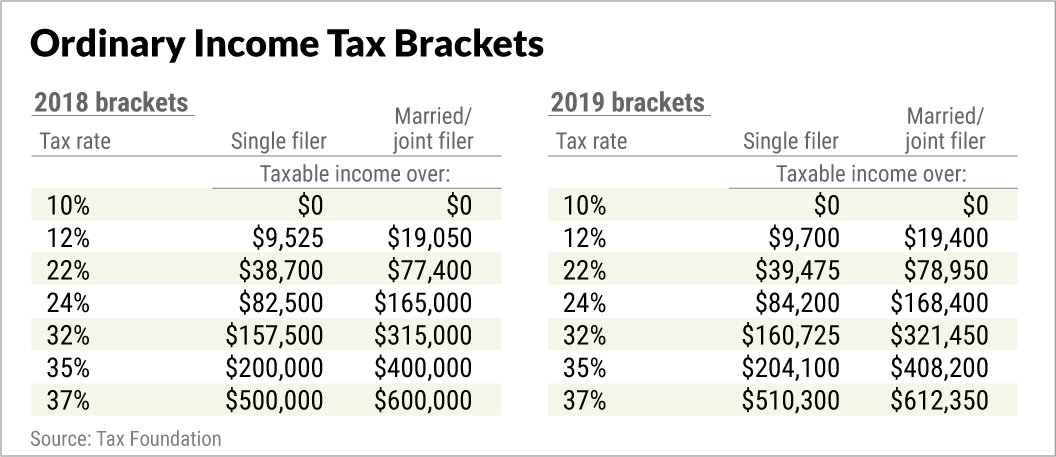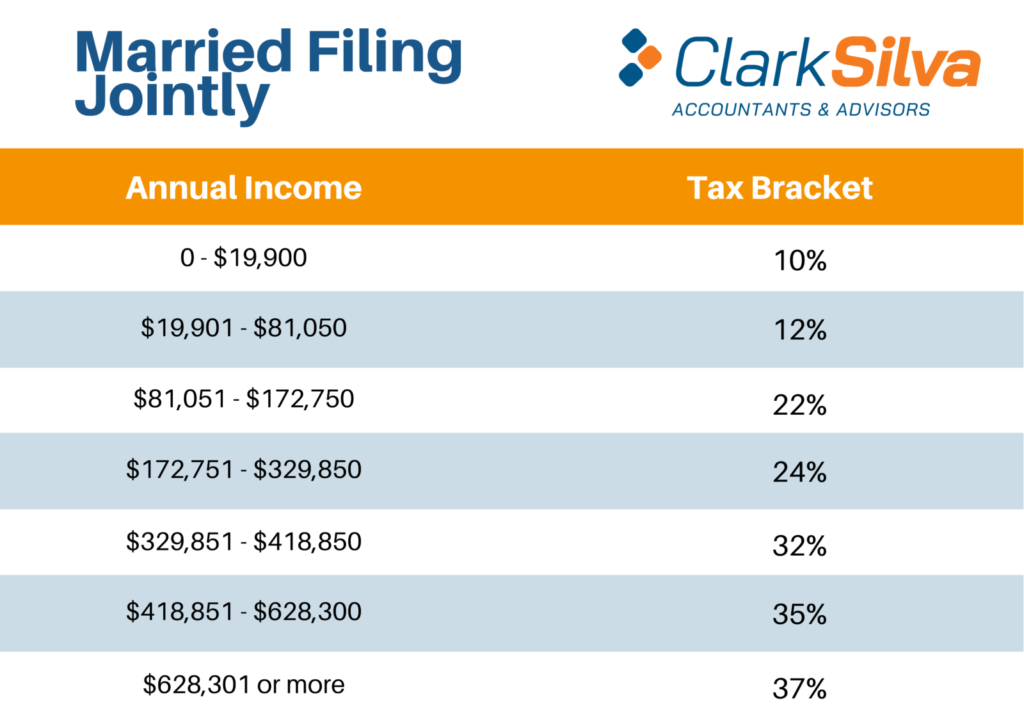
As with the ordinary tax rates and brackets, which specific long-term capital gains tax rate applies depends on your taxable income. However, if you hold the asset for more than one year, the gain is treated as long-term capital gain and taxed a lower rate – either 0%, 15%, or 20%. If you hold a capital asset for one year or less, any gain from the sale is considered short-term capital gain and taxed using the rates for ordinary income listed above. When determining the tax on capital gains, the rates that apply generally depend on how long you held the capital asset before selling it. It's important to note that the tax rates on capital gains from the sale of stocks, bonds, cryptocurrency, real estate, and other capital assets aren't necessarily the same as the tax rates mentioned above for wages, interest, retirement account withdrawals, and other "ordinary" income. That's a lot of money, but it's still $37,045 less than if the 37% rate were applied as a flat rate on the entire $1 million (which would result in a $370,000 tax bill). So, for example, the tax on $1 million for a single person in 2022 is $332,955.

The rest is taxed at lower rates as described above. (We can all dream, right?) If you're single, only your 2022 income over $539,900 is taxed at the top rate (37%). (That's $6,164 less than if a flat 24% rate was applied to the entire $100,000.) When you add it all up, your total 2022 tax is only $17,836. That leaves only $10,925 of your taxable income (the amount over $89,075) that is taxed at the 24% rate, which comes to an additional $2,622 of tax. After that, the next $47,300 of your income (from $41,776 to $89,075) is taxed at the 22% rate for $10,406 of tax.

The next $31,500 of income (the amount from $10,276 to $41,775) is taxed at the 12% rate for an additional $3,780 of tax. Again, assuming you're single with $100,000 taxable income in 2022, the first $10,275 of your income is taxed at the 10% rate for $1,028 of tax. Green Home Improvements: Larger Tax Breaks Are Now Available The rest of it is taxed at the 10%, 12%, and 22% rates. That's because, using marginal tax rates, only a portion of your income is taxed at the 24% rate. Since $100,000 is in the 24% bracket for singles, will your 2022 tax bill simply a flat 24% of $100,000 – or $24,000? No! Your tax is actually less than that amount. Suppose you're single and end up with $100,000 of taxable income in 2022. The 2023 bracket covers $50,649 of taxable income ($95,375 – $44,726 = $50,649), which is $3,350 wider than for 2022.īut that's OK – wider tax brackets are a good thing, because it helps prevent "bracket creep." When a bracket gets wider, there's less of a chance that you'll end up in a higher tax bracket if your income stays the same or doesn't grow at the rate of inflation from one year to the next. So, from 2021 to 2022, the 22% bracket for single filers got $1,450 wider ($47,299 – $45,849 = $1,450).įor 2023, however, the width of the 22% singles bracket grew by more than twice as much. Issued by IRS before consideration of the Tax Cuts and Jobs ActįOR INFORMATION PURPOSES ONLY.Take, for example, the 22% bracket for single taxpayers. USE THESE RATES & INCOME BRACKETS FOR 2018 TAX YEAR RETURNS FILED IN 2019 USE THESE RATES & INCOME BRACKETS FOR 2019 TAX YEAR RETURNS FILED IN 2020Īs enacted under the Tax Cuts and Jobs Act More on 2020 tax inflation adjustments here.Īs enacted under the Tax Cuts and Jobs Act of 2017

USE THESE RATES & INCOME BRACKETS FOR 2020 TAX YEAR RETURNS FILED IN 2021 More on 2021 tax inflation adjustments here. USE THESE RATES & INCOME BRACKETS FOR 2021 TAX YEAR RETURNS FILED IN 2022 More on 2022 tax inflation adjustments here. USE THESE RATES & INCOME BRACKETS FOR 2022 TAX YEAR RETURNS FILED IN 2023 More on 2023 tax inflation adjustments here. USE THESE RATES & INCOME BRACKETS FOR 2023 TAX YEAR RETURNS FILED IN 2024 Here's a look at income tax rates and brackets over the years. Then the Internal Revenue Service adjusts the income brackets each year, usually in late October or early November, based on inflation. Congress sets the rates and a baseline income amount that falls into them when a tax law is created or changed.


 0 kommentar(er)
0 kommentar(er)
